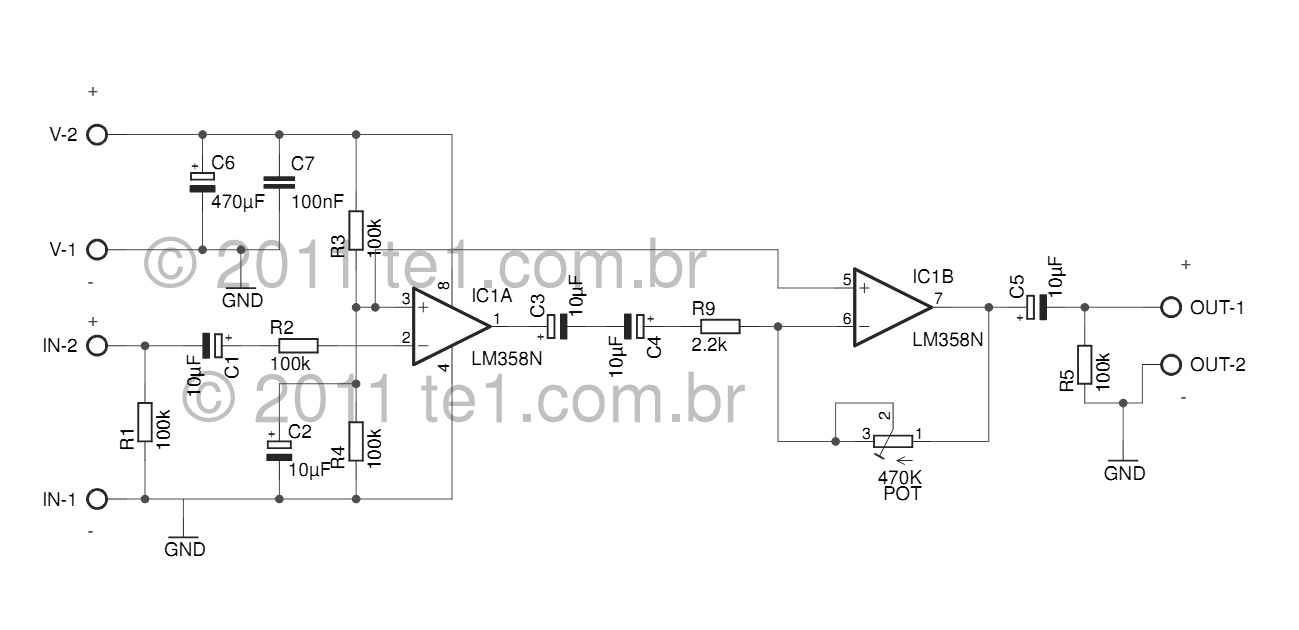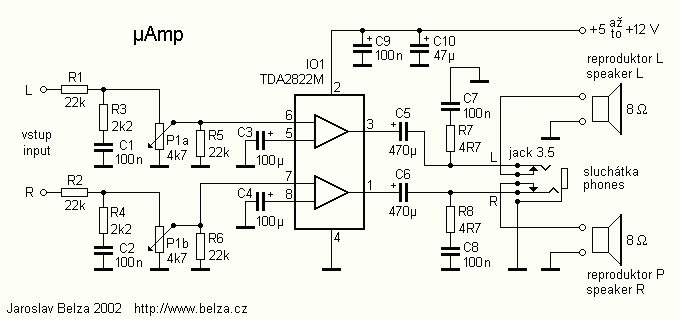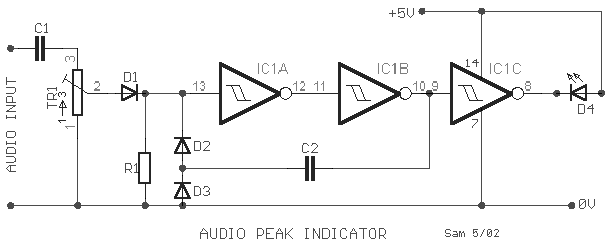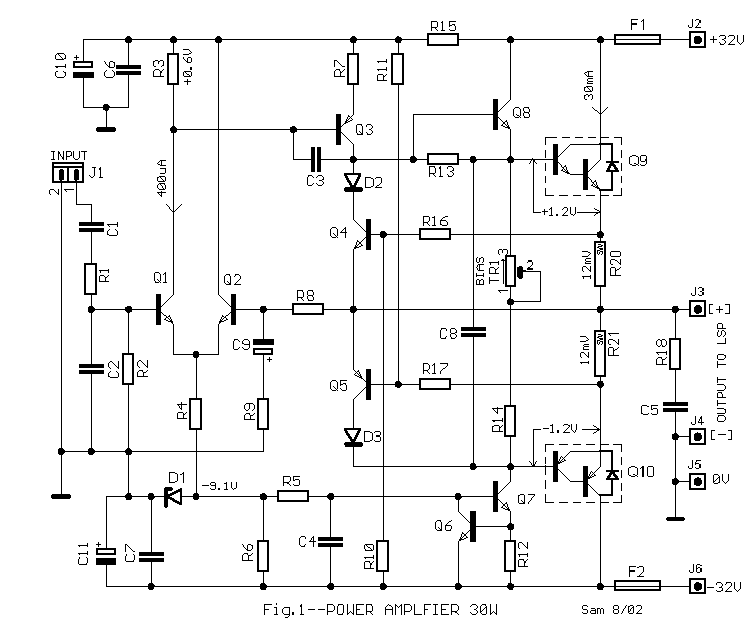
Audio Graphic Equaliser

Audio Graphic Equalizer. Audio graphic equalizers are widely used as commercial products in high-fidelity systems, car audio, and stage applications; however, circuits for these devices are seldom published.
Audio graphic equalizers are essential tools in audio processing, allowing users to adjust the balance of specific frequency ranges within an audio signal. These devices typically consist of multiple bandpass filters, each tuned to a specific frequency range. The output of these filters can be adjusted through sliders or knobs, enabling users to boost or cut the amplitude of particular frequencies.
A standard audio graphic equalizer may feature 10 to 31 bands, each representing a specific frequency range, such as bass, midrange, and treble. The most common configurations include 10-band, 15-band, and 31-band equalizers. The design of these equalizers often employs operational amplifiers (op-amps) to create the filter circuits, allowing for precise control and low distortion.
The circuit design usually starts with a signal input stage that may include a buffer to isolate the equalizer from the source. Following this, each bandpass filter is implemented using a combination of resistors, capacitors, and op-amps configured in a feedback loop. The output of each filter is then directed to a summing amplifier, which combines the adjusted signals into a single output that represents the modified audio signal.
In addition to the basic filtering, many graphic equalizers incorporate features such as bypass switches, LED level indicators, and power supply regulation to ensure consistent performance. The overall design should maintain a balance between functionality, ease of use, and audio fidelity, making the graphic equalizer a versatile tool in both professional and consumer audio environments.Audio Graphic Equaliser. Audio graphic equalizers are very common as commercial products (for Hi-fi, car audio and stage use) but circuits for them are very rarely published. I didn`t. 🔗 External reference
Audio graphic equalizers are essential tools in audio processing, allowing users to adjust the balance of specific frequency ranges within an audio signal. These devices typically consist of multiple bandpass filters, each tuned to a specific frequency range. The output of these filters can be adjusted through sliders or knobs, enabling users to boost or cut the amplitude of particular frequencies.
A standard audio graphic equalizer may feature 10 to 31 bands, each representing a specific frequency range, such as bass, midrange, and treble. The most common configurations include 10-band, 15-band, and 31-band equalizers. The design of these equalizers often employs operational amplifiers (op-amps) to create the filter circuits, allowing for precise control and low distortion.
The circuit design usually starts with a signal input stage that may include a buffer to isolate the equalizer from the source. Following this, each bandpass filter is implemented using a combination of resistors, capacitors, and op-amps configured in a feedback loop. The output of each filter is then directed to a summing amplifier, which combines the adjusted signals into a single output that represents the modified audio signal.
In addition to the basic filtering, many graphic equalizers incorporate features such as bypass switches, LED level indicators, and power supply regulation to ensure consistent performance. The overall design should maintain a balance between functionality, ease of use, and audio fidelity, making the graphic equalizer a versatile tool in both professional and consumer audio environments.Audio Graphic Equaliser. Audio graphic equalizers are very common as commercial products (for Hi-fi, car audio and stage use) but circuits for them are very rarely published. I didn`t. 🔗 External reference





